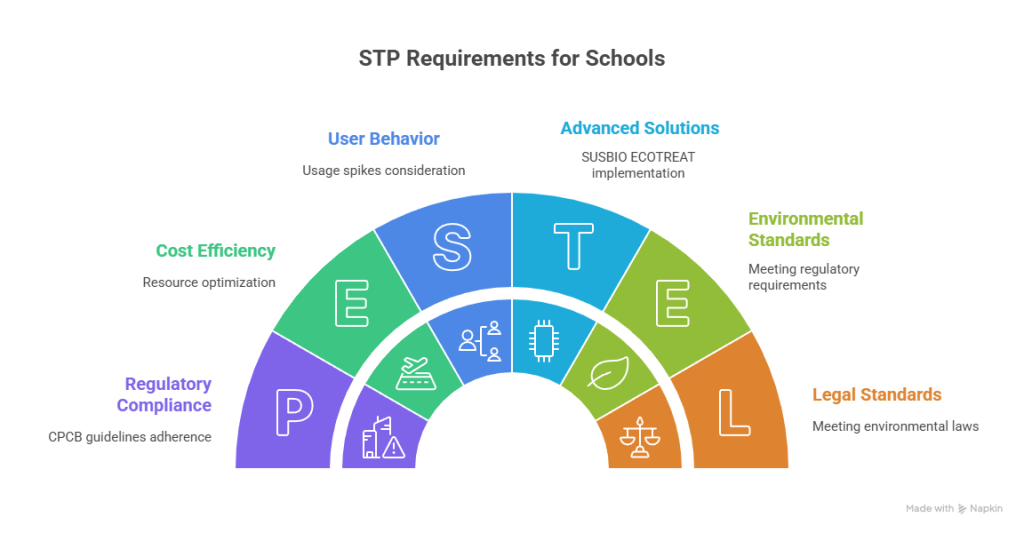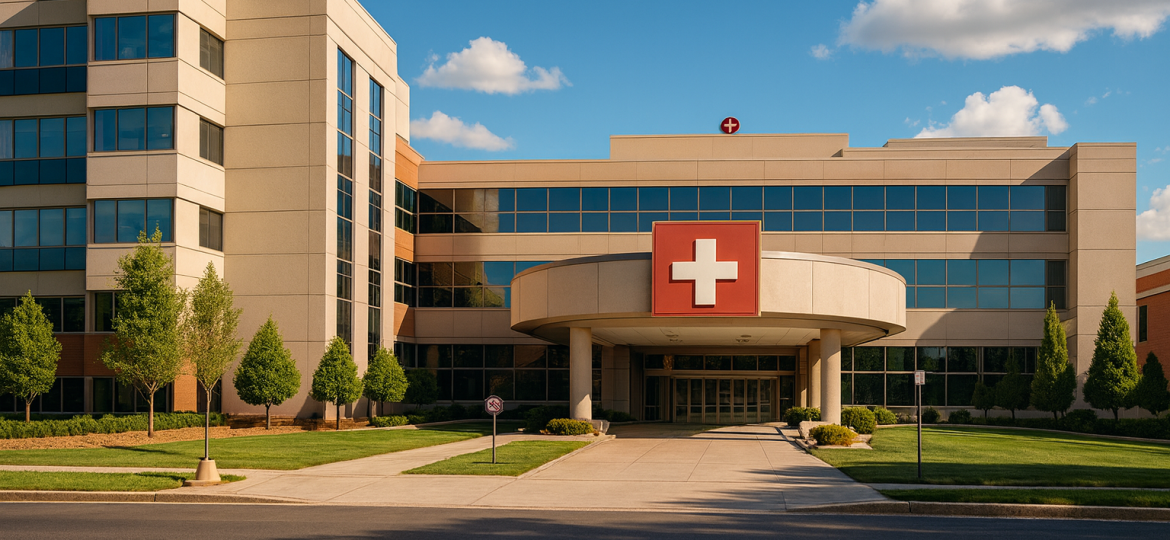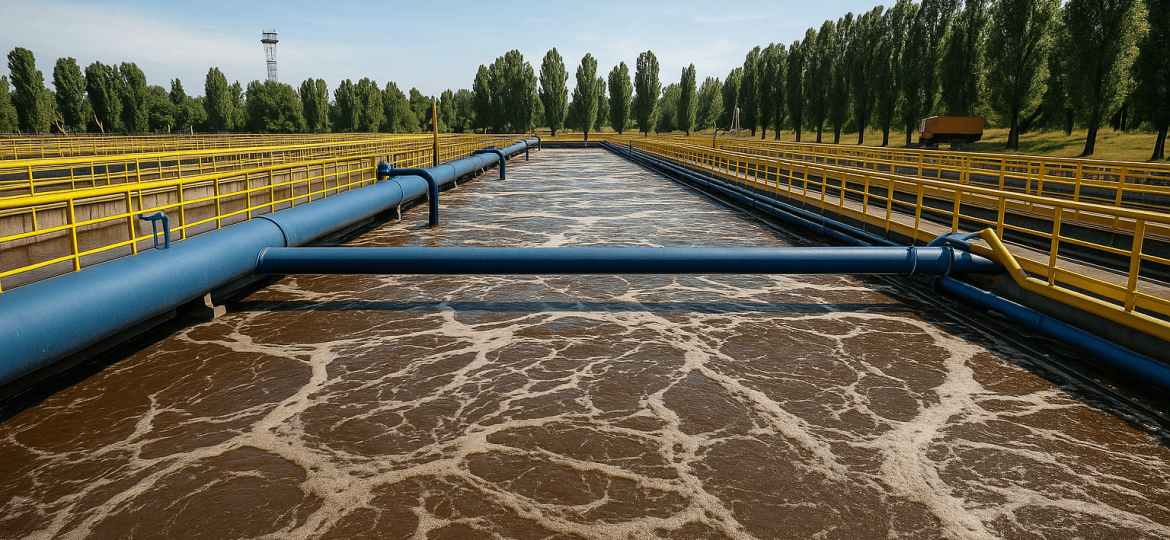Your school sewage treatment plant can help recycle thousands of liters of wastewater every day. The Indian Pollution Control Board reports that students and staff members use about 45 liters of water daily, and 80% becomes wastewater. A school with 1000 people creates around 36,000 liters of wastewater each day.
Most people don’t realize how sewage treatment plants (STPs) serve as eco-friendly solutions for schools. These systems process wastewater that contains BOD and COD levels between 250-350 mg/L and 500-600 mg/L. It also stops harmful pollutants from getting into rivers and groundwater. Schools with proper sewage treatment facilities will meet stricter environmental rules and save money on water costs by 2025. SUSBIO ECOTREAT leads the way as India’s most advanced packaged STP – a future-ready system built just for schools.
This piece will help you understand STP requirements and calculate the right capacity for your school. You’ll learn how to handle common challenges and set up a working sewage treatment system that fits your needs.
Understanding STP Requirements for Schools

Designing an effective sewage treatment plant for schools needs you to understand several key technical parameters set by regulatory authorities. These requirements help your school’s STP work efficiently and meet environmental standards.
Per Capita Water Consumption: 45 LPD as per CPCB
The Central Pollution Control Board (CPCB) has set specific guidelines about water usage in educational institutions. Schools and colleges must follow a standard per capita water consumption of 45 liters per day (LPD) per user. This figure forms the basis for all STP calculations. Some older standards suggested higher consumption rates. However, current CPCB recommendations specify 45 LPD as the standard for educational institutions. This parameter is significant because it directly affects the system’s capacity requirements.
Wastewater Generation: 80% of Water Usage
Schools convert about 80% of their total water consumption into wastewater that needs treatment. Each student generates around 36 liters of wastewater daily (45 LPD × 0.8). To cite an instance, a school with 1000 students would produce 36,000 liters of wastewater per day. This conversion factor helps calculate the right STP capacity. It prevents system failure from undersizing and resource waste from oversizing.
Peak Flow Factor: 1.2x for Design Safety
STP system design must account for peak flow rates. CPCB recommends a peak flow factor of 1.2 times the normal wastewater generation rate. A school that produces 36,000 liters of wastewater needs an STP designed to handle peak flows of 43,200 liters per day. This safety margin accounts for usage spikes during lunch breaks or after physical education classes.
Many schools now choose advanced solutions like SUSBIO ECOTREAT to implement these standards. It stands as India’s most technologically advanced packaged STP designed for educational institutions. SUSBIO ECOTREAT handles the unique fluctuating loads common in school environments while meeting all CPCB parameters, unlike conventional systems.
Step-by-Step STP Capacity Calculation

A school STP needs the right capacity to work well. Let me show you six steps that will help you size it correctly.
Step 1: Estimating Total Users in the Institution
You need to know how many people use the facility, which includes students, teachers, and support staff. Schools with boarding facilities need separate calculations for day scholars and boarders. A school with 1000 students serves as a good baseline example for our calculations.
Step 2: Calculating Daily Water Consumption
The next step multiplies total users by their average water use. CPCB guidelines tell us schools and colleges use about 45 liters per day (LPD) per person. Our 1000-student example works out like this: Total water consumption = 1000 × 45 = 45,000 L/d.
Step 3: Deriving Wastewater Volume
About 80% of the water people use turns into wastewater. Let’s continue with our example: Total wastewater generated = 45,000 × 0.8 = 36,000 L/d. This conversion helps us size the system correctly.
Step 4: Applying Peak Flow and Safety Factor
A peak flow factor of 1.2 accounts for usage spikes. Peak flow = 36,000 × 1.2 = 43,200 L/d. Many engineers add a safety factor between 1.5-2.0 based on specific site conditions.
Step 5: BOD and COD Load Considerations
School wastewater shows BOD levels between 250-350 mg/L and COD levels of 500-600 mg/L. These numbers show how much organic pollution needs treatment. We usually use 300 mg/L for BOD and 550 mg/L for COD in calculations.
Step 6: Final STP Capacity Formula with MLSS/MLVSS
The final capacity calculation uses this formula: STP capacity = (Wastewater × BOD × Safety Factor) / (24 × BOD load × MLSS × MLVSS)
Where:
- BOD load = BOD level / per-user water discharge
- MLSS = Mixed Liquor Suspended Solids (typically 3000 mg/L)
- MLVSS = Mixed Liquor Volatile Suspended Solids (typically 2000 mg/L)
Our example works out to: STP capacity = (43,200 × 300 × 1.5) / (24 × (300/45) × 3000 × 2000) = 50.4 KL/d
SUSBIO ECOTREAT handles these calculations automatically. This advanced packaged STP ensures educational institutions get the exact capacity they need.
Common STP Problems and Practical Solutions
A sewage treatment plant for schools faces several operational challenges. Let’s get into these problems and their practical solutions.
Sludge Accumulation and Odor Control
Too much sludge creates inefficient processing, clogging, and bad smells. The best solution combines regular desludging with proper balance of aerobic and anaerobic bacteria. SUSBIO ECOTREAT’s modern STPs use odorless technology and enclosed process controls that stop bad gas emissions.
Power Outages and Backup Systems
Treatment processes stop when power fails, which quickly creates a crisis as water reserves run low. Water treatment plants use standby diesel generators to keep critical systems running. The Automatic transfer switches (ATS) spot grid power loss and naturally switch to backup systems. Schools need generators that match their facility’s requirements according to National Electrical Code standards.
Overloading Due to Events or Seasonal Spikes
School events often overload the STP and hurt system performance. Wastewater volume can jump beyond normal capacity during major functions, which reduces treatment efficiency. Smart event scheduling based on STP capacity prevents these problems. The system needs adequate peak flow factors to handle occasional surges.
Maintenance Challenges in School Environments
School STPs need regular monitoring and proactive maintenance. The treatment processes must adapt to changing environmental conditions. SUSBIO ECOTREAT handles these challenges with automated controls that need minimal maintenance while meeting CPCB norms.
SUSBIO ECOTREAT: Future-Ready STP for Schools
SUSBIO ECOTREAT is India’s most advanced packaged sewage treatment plant for schools. This innovative solution works great for institutions of all sizes.
Compact Design for Space-Constrained Campuses
SUSBIO ECOTREAT has a prefabricated, modular design that uses high-quality Fiber Reinforced Plastic (FRP) and fits naturally into limited campus spaces. Schools can install this plug-and-play system within days without major civil works or disruption to academic activities. The modular design makes it easy to expand as school enrollment grows.
Odorless and Silent Operation
The advanced treatment processes eliminate all foul odors and keep the campus environment pleasant. Students and staff won’t hear any noise from the system, which means no disruption to classrooms or dormitories. The enclosed process controls stop all types of bad gas emissions.
Low Maintenance with Automated Controls
You don’t need a dedicated operator as the plant runs automatically. Smart sensors and controllers handle the entire treatment process, from inflow regulation to water quality monitoring. This automation cuts down human error risks and delivers consistent performance.
Compliance with CPCB and Local Norms
The treated water quality is a big deal as it means that it surpasses all prescribed discharge standards. SUSBIO ECOTREAT’s reliability ensures you stay compliant with pollution control regulations.
Reuse of Treated Water for Gardening and Flushing
Schools can reuse up to 70,000 liters of water daily for irrigation, toilet flushing, and cleaning. This smart reuse helps cut institutional water bills by up to 40%.

Conclusion
Indian schools struggle with growing environmental responsibilities while trying to manage their limited resources. Wastewater management has become a significant challenge that needs practical solutions. Our research shows that proper sewage treatment plants provide benefits that go beyond simple compliance with regulations.
The data tells a compelling story. A school with 1000 occupants produces about 36,000 liters of wastewater each day. This water becomes a valuable resource for gardening, cleaning, and flushing after proper treatment. Schools can save up to 40% on their water bills.
The right capacity calculation plays a vital role for schools that want to install an STP. A six-step process will give a system that performs efficiently without wasting resources through oversizing. Your planning decisions should rely on parameters like BOD levels, peak flow factors, and MLSS/MLVSS.
Problems will without doubt come up during STP operation. Schools should plan ahead for issues like sludge accumulation, power outages, and maintenance. Early solutions to these concerns help schools avoid disruptions and stay compliant with environmental regulations.
SUSBIO ECOTREAT leads the way as India’s most advanced packaged STP solution built specifically for educational institutions. Schools of all sizes benefit from its compact, odorless, and fully automated design. Students can focus on their studies thanks to the system’s silent operation, and its modular design allows schools to expand as they grow.
This innovative solution produces treated water that exceeds regulatory standards without dedicated operators or extensive maintenance. SUSBIO ECOTREAT works great for schools looking for budget-friendly wastewater management solutions.
Educational institutions must prioritize water conservation and responsible wastewater management. Schools with properly sized and well-managed STPs protect the environment and teach their students about environmental responsibility – maybe even the most valuable lesson they can learn.
Key Takeaways
Schools generate significant wastewater daily that requires proper treatment – understanding the technical requirements and implementation steps can transform this challenge into an environmental and financial opportunity.
- Calculate STP capacity using CPCB standards: 45 LPD per person, 80% becomes wastewater, apply 1.2x peak flow factor for proper sizing
- Address common operational challenges proactively: Install backup power systems, plan for event overloads, and implement regular maintenance schedules
- Leverage water reuse for cost savings: Properly treated wastewater can reduce institutional water bills by up to 40% through irrigation and cleaning applications
- Choose automated, compact systems for schools: Modern STPs like SUSBIO ECOTREAT offer odorless, silent operation with minimal maintenance requirements
- Ensure regulatory compliance while teaching sustainability: Installing an STP demonstrates environmental stewardship to students while meeting CPCB discharge standards
Schools that implement well-designed sewage treatment systems not only protect the environment and reduce operational costs but also create valuable learning opportunities about sustainability and responsible resource management for their students.
Frequently Asked Questions
Q1. Why is a sewage treatment plant necessary for schools?
A sewage treatment plant is essential for schools to manage the large volume of wastewater generated daily, protect the environment, and comply with regulations. It helps recycle water, reduce water consumption costs, and prevent harmful pollutants from contaminating water sources.
Q2. How much wastewater does a typical school generate?
Based on CPCB guidelines, each person in a school uses about 45 liters of water per day, with 80% becoming wastewater. For instance, a school with 1000 occupants generates approximately 36,000 liters of wastewater daily.
Q3. What are the key factors to consider when calculating STP capacity for a school?
When calculating STP capacity, consider the total number of users, daily water consumption, wastewater volume, peak flow factor, BOD and COD loads, and MLSS/MLVSS ratios. It’s crucial to apply a safety factor to account for usage spikes and ensure efficient operation.
Q4. How can schools address common STP operational challenges?
Schools can address common STP challenges by implementing regular maintenance schedules, installing backup power systems, planning for event-related overloads, and using automated control systems. Modern solutions like SUSBIO ECOTREAT offer features that minimize these operational issues.
Q5. What are the benefits of installing an advanced STP like SUSBIO ECOTREAT in schools?
SUSBIO ECOTREAT offers several benefits for schools, including a compact design suitable for limited spaces, odorless and silent operation, low maintenance requirements with automated controls, compliance with regulatory standards, and the ability to reuse treated water for gardening and flushing, potentially reducing water bills by up to 40%.






